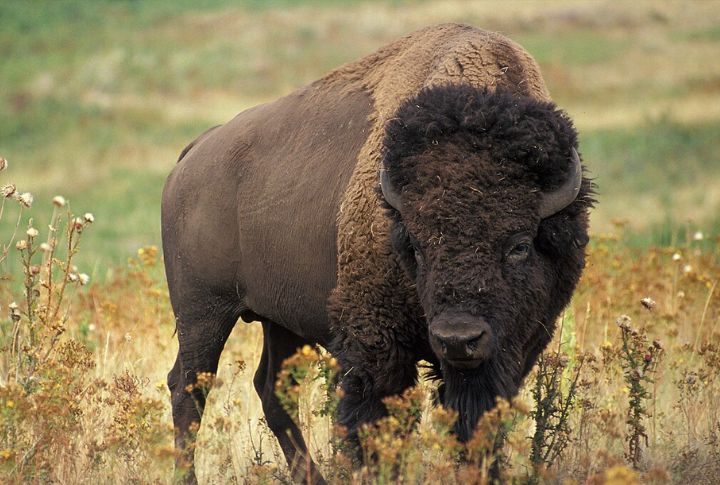
For many Native American tribes, the buffalo wasn’t just a source of food but a foundation of life. With no room for waste, every horn, hide, and tendon was found to serve a purpose. Here, we’ll share 10 ways tribes turned each part into something purposeful.
Bones Became Tools That Shaped Daily Life
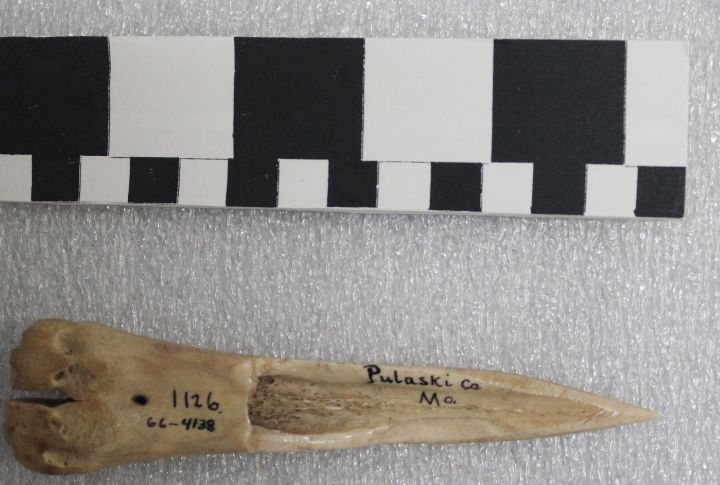
Across the Plains, buffalo bones were shaped into scrapers and hide stretchers. Hunters used them to craft lightweight arrowheads and fleshing tools. The marrow-rich leg bones even provided food before they were used as utensils. These skeletal remains not only served survival but also improved efficiency in every area of daily labor.
Hides Transformed Into Clothing And Shelter
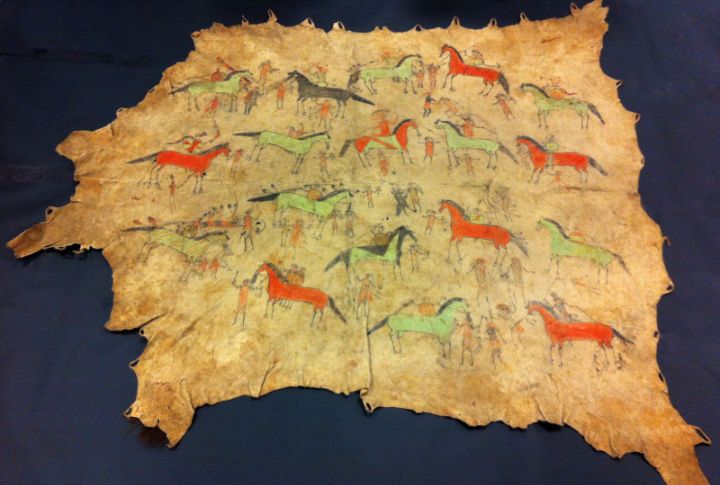
Softened buffalo hides were used to make weather-resistant robes, while thicker ones formed the outer layer of tipis. Some hides were transformed into winter moccasins lined with fur. Others were treated to make carrying bags. Their flexibility and durability made them one of the most versatile materials on the American Plains.
Stomachs Were Turned Into Cooking Containers.
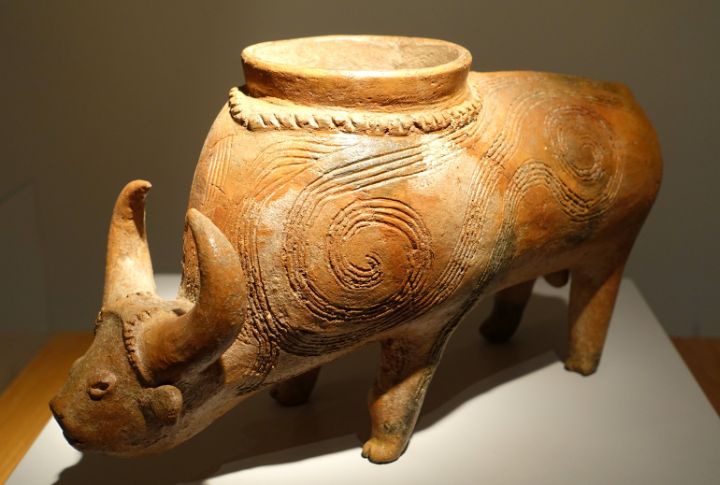
Before metal pots, buffalo stomachs provided a clever solution for boiling stews. Tribes placed heated stones into the water-filled lining to prepare meat and roots. The organ’s waterproof structure effectively handled the heat. It also doubled as a temporary storage container for meals or fresh water.
Horns Were Used To Craft Symbols Of Status
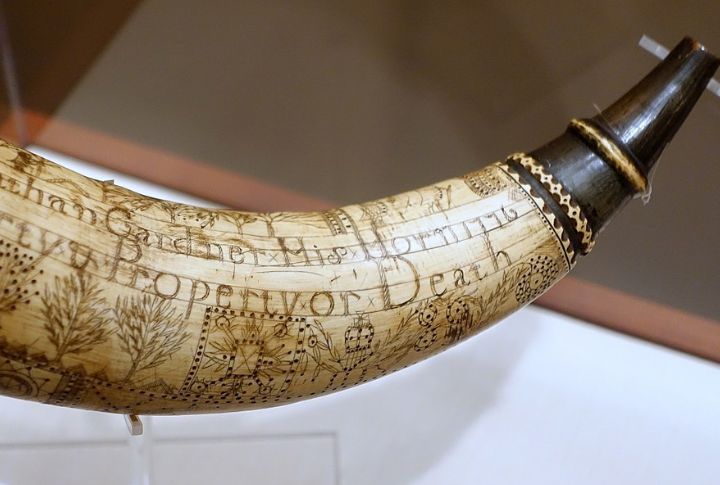
Horns took on more than a functional role; they became decorative and ceremonial. Warriors wore them on regalia or carved them into powder holders and spoons. Some were used in headdresses to convey bravery. Horns added meaning and distinction in battle and storytelling alike.
Sinew Provided Essential Thread For Binding And Sewing

When dried and separated, buffalo sinew created powerful fibers. These were essential for stitching hides and reinforcing bows. Unlike plant fiber, sinew could shrink as it dried, naturally tightening its hold. Its adaptability and strength made it a top choice for construction and clothing.
Dung Fueled Fires In Treeless Plains
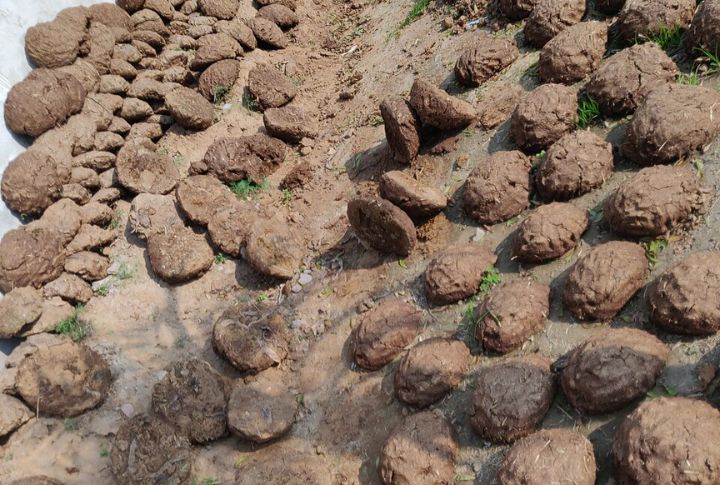
With few trees across the Great Plains, tribes relied on dried buffalo dung, often called chips, for cooking and warmth. The odorless fuel burned clean and hot. Travelers and settlers later adopted the method, but it was Indigenous resourcefulness that first made prairie fires possible without wood.
Rawhide Became Shields And Drums With Lasting Strength
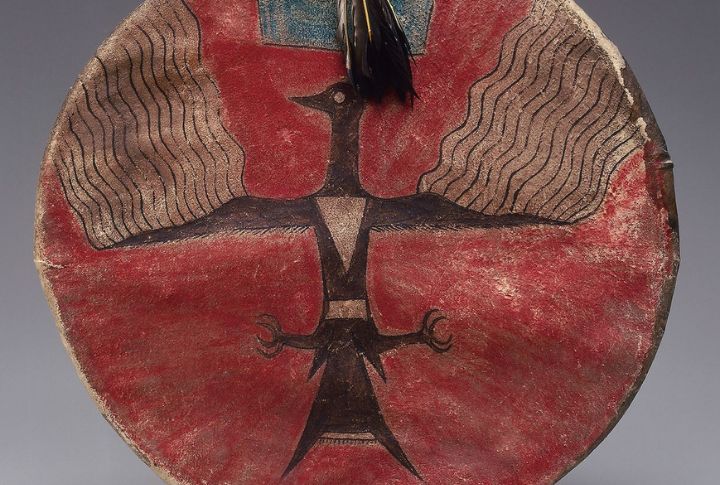
Uncured buffalo hide, once stretched and dried, produced tough rawhide. This material formed the base of hand drums and protective war shields. The stiffness of the rawhide made it ideal for enduring high impact and tension. Its longevity made it a reliable choice for tools requiring both firmness and flexibility.
Bladders Became Storage Pouches With Surprising Versatility

A buffalo’s bladder offered a lightweight, waterproof vessel. Tribes cleaned and inflated them for carrying water or sealing valuables. Their portability made them ideal for travel. This unlikely container was both practical and surprisingly durable during long treks or seasonal migration.
Skulls Held Spiritual Meaning In Ritual And Prayer
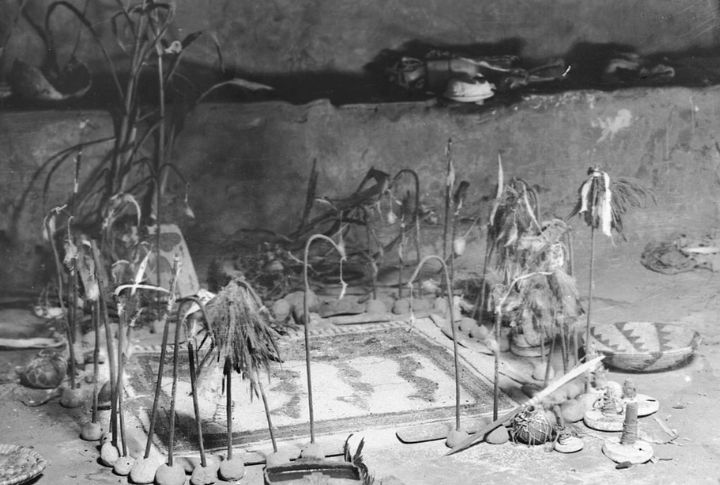
Rather than discard the buffalo skull, tribes often placed it on altars or in sacred outdoor spaces. The skull became a symbol of gratitude and guidance. Some tribes believed it carried the spirit of the animal. Its presence anchored many ceremonies connected to renewal and reverence.
Tails Were Used To Make Fly Swatters And Tools
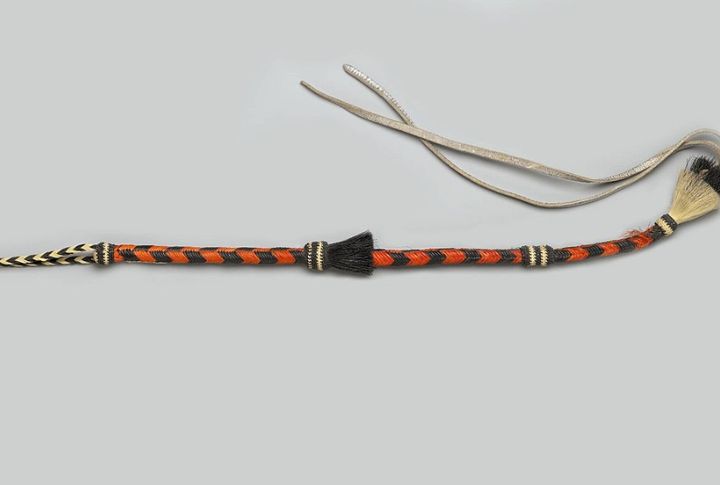
Long buffalo tails had practical use even in the most minor details of camp life. Cleaned and trimmed, they became fly swatters or decorative tools. Warriors sometimes carried them as symbols of quickness or rank. Their design offered both utility and visual flair wherever they were need.

